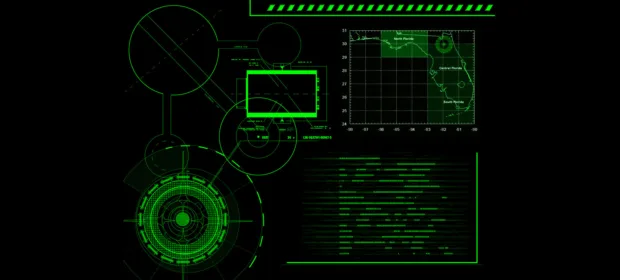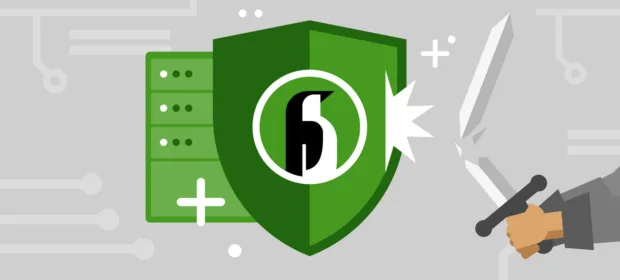You probably know that almost every exploit includes so‑called shellcode that runs when the exploit triggers. It might seem like writing shellcode is only for the chosen few, but it’s not as daunting as it looks. In…
CONTINUE READING 🡒 Category: Unix
How to Troubleshoot and Fix Bluetooth Headphone Issues on Linux
Getting sound working on Linux has never been straightforward, and adding wireless headphones makes it a bit more complicated. That said, on modern distributions you can usually fix it by installing a few extra packages.
CONTINUE READING 🡒 Hacking a Xiaomi Security Camera: Full Control and iOS/HomeKit Integration
Chinese brand Xiaomi is known not only for its smartphones but also for an ever-growing lineup of budget gadgets. The catch: they often only work with Xiaomi’s own apps and hubs. In this article, I’ll show you…
CONTINUE READING 🡒 Tuning a Minimalist Linux Desktop for Power Users: i3 and…
Recently we put together a basic geek desktop around i3, but we left a lot of smaller, less obvious pieces out of the write-up. Today we’ll finish polishing the setup: teach dmenu to control brightness, volume, and…
CONTINUE READING 🡒 Per-App VPN on Linux: Tunnel Individual Application Traffic with Network…
A VPN is a great tool for boosting your privacy and security. But staying on a VPN all the time can be inconvenient: maybe you want to access your online banking from your real IP address while…
CONTINUE READING 🡒 Optimizing Linux Power Management for Maximum Laptop Battery Life
Be honest: how many times have you felt like spitting in the face of the marketer who dreams up those ridiculous “10–12 hours of battery life” claims? Six or seven is closer to reality—and even then only…
CONTINUE READING 🡒 Monitor and Control: How to Audit and Track Everything on…
Are you sure you’re on top of everything happening on your system? Maybe you’re already using a monitoring stack like Prometheus or Zabbix, but do you know how to generate your own detailed reports on system and…
CONTINUE READING 🡒 Linux Hardening: Essential Tools for Comprehensive Security Auditing
In this article, we’ll explore the key utilities for Linux hardening—tools for assessing a Linux system’s security posture and validating configurations from an information security perspective. We’ll not only review the tools but also provide practical examples…
CONTINUE READING 🡒 How to Build an Unconventional Raspberry Pi Media Center: A…
In the six years since the Raspberry Pi appeared, countless guides have shown how to turn it into a home media center. The problem is, the classic media-center setup on a Pi is so underwhelming it loses…
CONTINUE READING 🡒 Decoding Ping, Traceroute, and WHOIS Output for Effective Network Troubleshooting
Ping, traceroute, and whois are among the first tools new admins learn. Many people who aren’t network specialists stop there—and that’s a mistake. With the standard toolset you can pull far more information about a problem than…
CONTINUE READING 🡒 Hardware Over the Network: Passthrough USB Devices, GPU, Sound Card,…
In one of our earlier articles, we explored ways to expose all kinds of resources as files and directories—WebDAV, BitTorrent, SSH, and even GPU memory. But what if we want access not to a remote or local…
CONTINUE READING 🡒 Vulnerability Scanning with Kali Linux: Penetration Testing Essentials
Vulnerability scanning is the process of identifying and analyzing critical security weaknesses in a target environment. It’s sometimes referred to as a vulnerability assessment. Vulnerability scanning is a core function of a vulnerability management program focused on…
CONTINUE READING 🡒 Corosync and Pacemaker: Best Practices for Deploying a High‑Availability (HA)…
Getting a service to handle heavy traffic is a challenge every sysadmin runs into sooner or later. It’s best to put high-availability mechanisms in place ahead of time—before critical nodes start failing. In this article, I’ll cover…
CONTINUE READING 🡒 13 Essential Sysadmin Utilities Every System Administrator Should Know
A well-stocked toolbox is what sets a seasoned pro apart from a newbie. And in Linux administration, that toolbox is about as critical as it gets. In this article, we’re not going to cover things like Nagios,…
CONTINUE READING 🡒 Set Up a Private VPN Server for Friends with Telegram…
In this article, I’ll show you not only how to build your own WireGuard-based VPN service, but also how to configure it so all your friends can use it. And if you want, they can even chip…
CONTINUE READING 🡒 Creating a Bootable USB Drive with Arch Linux Live Image
Today, we will create a live USB drive with an Arch Linux installation image. By "live," I mean it will allow you to install and remove programs, modify any files, and save changes while in use. I've…
CONTINUE READING 🡒 Exploring firewalld: A Simple and Powerful Firewall for Linux to…
There are numerous articles dedicated to configuring a firewall using iptables in Linux, and given the topic's popularity, many more are likely to be written. While basic configurations are relatively straightforward, things get complicated with complex networks…
CONTINUE READING 🡒 10 Compelling Reasons to Choose Arch Linux: Embracing Minimalism with…
We felt that writing about installing and configuring Arch Linux was a bit passé and redundant. So, we decided to take a different approach and discuss why this system exists in the first place and why millions…
CONTINUE READING 🡒 Manjaro vs Arch Linux: Why Stick with Arch for Advanced…
The world of Linux desktop systems is incredibly diverse. As of now, Distrowatch.com lists 288 different distributions, each with its own philosophy and area of application. Throughout the history of the rankings, hundreds of distributions have come…
CONTINUE READING 🡒 Hacker’s Toolkit: Essential Tools for Windows and Linux
Live and learn, always collecting useful tools along the way! Following this principle, I've gathered an extensive collection of utilities, and I'd like to share the best with you. Perhaps you'll find something that will be helpful…
CONTINUE READING 🡒 


















